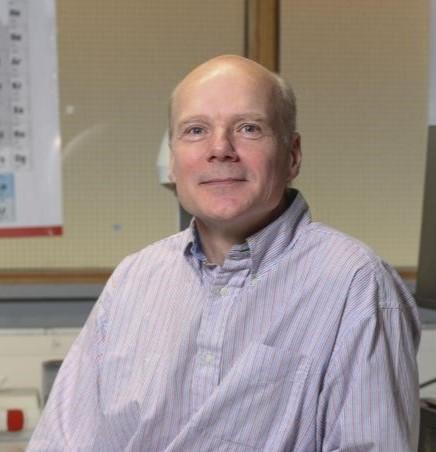Primary Department
School of Chemical Sciences
Role
Academic Staff - Physical Chemistry
Phone number: 01 700
5943
Email Address
robert.forster@dcu.ie
Academic biography
Robert Forster holds the Personal Chair of Physical Chemistry within the School
of Chemical Sciences at Dublin City University and is the former Director of the
strategically important National Centre for Sensor research. In 2020 he was elected to the Royal Irish Academy which is considered the highest academic honour in Ireland. He is the author/co-author of more than 250
manuscripts and reviews, supervised more than 37 PhD and M.Sc. students to
completion, mentored more than 50 Post-Doctoral Fellows and has been a Visiting
Scientist to the California Institute of Technology and the University of
California at Berkeley. He has served as
DCU Dean of Research and Associate Dean of the Faculty of Science and Health
with responsibility for research. He has
received the President’s Research Award and was the first Irish based
electrochemist to present an invited talk at the Gordon Research Conference on
Electrochemistry. He has contributed
invited articles to more than eight Festschrift
Issues celebrating the accomplishments of distinguished international
scientists. He is a member of the
Editorial Board of Electrochemical Communications (
http://www.journals.elsevier.com/electrochemistry-communications ) and has been a member of the Board for ACS Analytical Chemistry A-Pages. He has been deeply involved in major national
research programmes including the establishment of the National Centre for
Sensor Research, the Biomedical Diagnostics Institute, the National Biophotonics and Imaging Platform and the NanoBioAnalytical
Research Facility at DCU.
Research interests
Forster’s research focuses on the creation of
novel materials that have useful electronic or photonic properties because they
are highly ordered on the molecular length scale. These materials, that include biomolecules, surface
active transition metal complexes, metallopolymers and nanocavity arrays and
nanoparticles/composites. These materials are designed for applications in
molecule-based electronics, display devices and have produced ultrasensitive sensors
for disease biomarkers in cancer, cardiovascular disease and sepsis.


